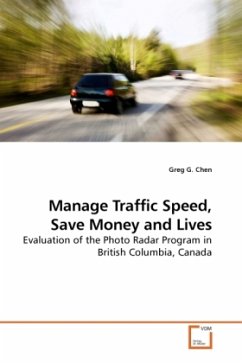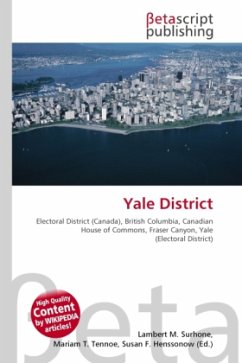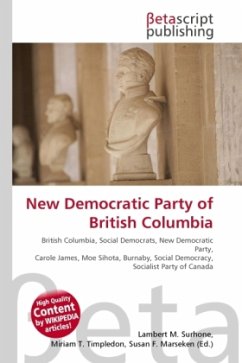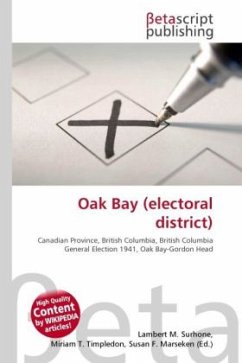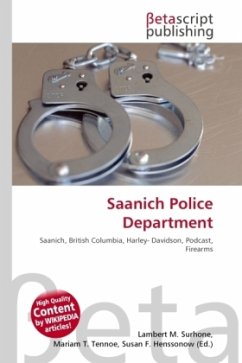This study assesses the photo radar program, a world- wide emerging but controversial automated police traffic speed enforcement program, as it was implemented in British Columbia. The study is composed of three parts: a macro assessment of the overall impact of the programs on speed and safety, a site-specific study to estimate localized effects and verify the validity of the province-wide study, and a cost-benefit analysis to quantify its economic impact. The study reveals that BC photo radar program was implemented through an extensive publicity campaign and a deployment of 30 photo radar units across the province. At the photo radar deployment sites the proportion of speeding vehicles decreased from 60% to 29%. The program reduced 2,220 collision injuries and 79 fatalities across the province. These numbers represent 14% and 26% reductions in traffic injuries and fatalities respectively. The site-specific analysis of the program corroborated the results of the province- wide study. The cost-benefit analysis concludes that the program produced a net benefit of close to $120 million dollars per year from the societal perspective.
Bitte wählen Sie Ihr Anliegen aus.
Rechnungen
Retourenschein anfordern
Bestellstatus
Storno

